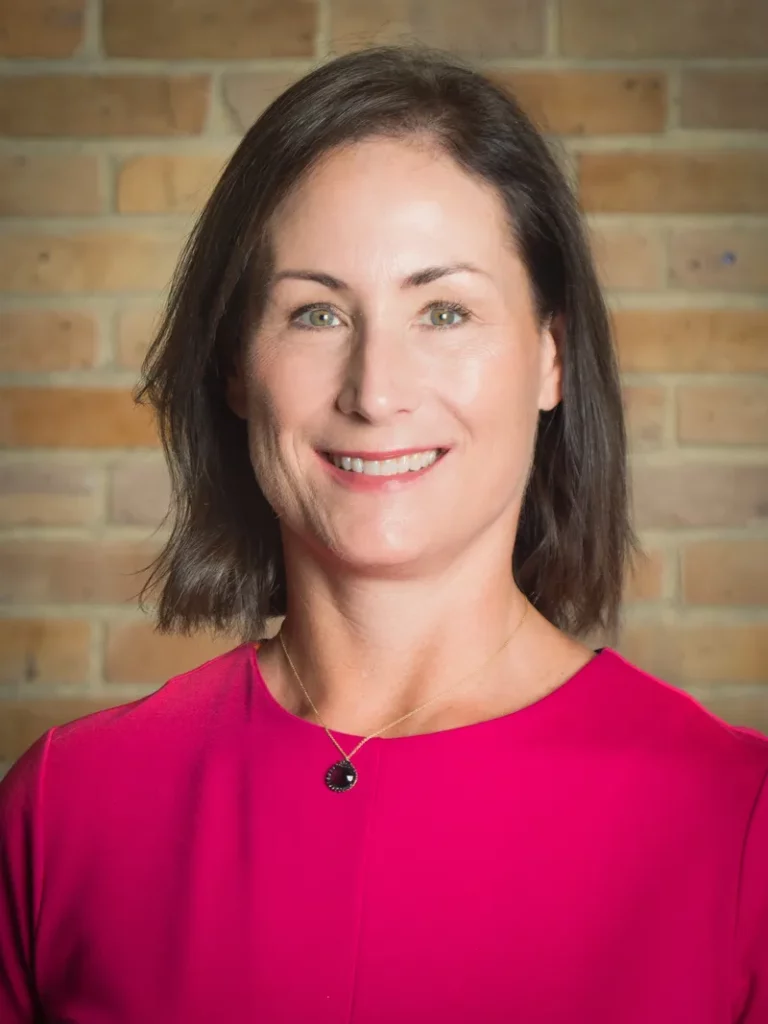How to Write a Fundraising Case Statement: 10 Steps

Your organization has an inspiring vision and is ready to raise big money to make it a reality, but you aren’t quite sure of the communications approach to donors. Would punchy, bold language add to your fundraising appeal or turn prospects away? Should you print hundreds of fancy brochures or create a campaign website? Do you need a theme separate from your annual fund or marketing slogan? This is where a fundraising case statement comes into play.
A case statement—also referred to as a case for support—is your best communication tool for a fundraising campaign. It indicates to prospective donors what you hope to accomplish with their philanthropic dollars in both a pragmatic and an emotional way. It also ensures that everyone on your campaign team—your executive director, board members, staff, and volunteers—is aligned with your messaging.
Tailor Your Messaging
Your case statement must be tailored to your brand, campaign, and, most importantly, your audience.
Consider the questions your audience will want to know:
- What is your organization’s “big idea”?
- Why does this idea matter, and who will it impact?
- Why is your organization the right one to implement the big idea?
- What will it take to reach success?
- Why is now the right time?
10 Steps for Building Your Fundraising Case Statement for Support
Articulating your organization’s distinct values and vision is vital to raising money consistently and effectively. There are several steps that you can take regardless of the size of your organization or the scope of your campaign when building your case:
- Gather background. Reflect on your organization’s brand and strategic plan and how they integrate into your fundraising approach. If you have had a fundraising advisor conduct a campaign study, incorporate recommendations from the feasibility study report.
- Build a team. Host a kickoff meeting for a small team of internal and external stakeholders with whom you will collaborate as you develop content. Be proactive in asking for your team’s input and always be open to their feedback.
- State your timeline. Determine a timeline for content production. A case statement can take anywhere from two to six months to develop, design, and print.
- Determine structure. Decide what structure you think is best for your audience and whether to go digital first or have it professionally printed.
- Write an outline. I cannot overestimate how important an outline is to the case building process, especially for managing word count.
- Interview key figures. Campaign leadership, the people you serve, and notable community members will help you make your case.
- Create a memorable campaign theme. My most important piece of advice when developing a campaign theme is that it suggests to the donor how they can take the organization to the next level.
- Insist on an appealing design. Having a distinct look from everything else the organization is putting out will ensure the campaign is viewed as the special effort that it truly is.
- Use clear and compelling language. Communicate your organization’s primary campaign priorities and the impact that donated dollars will make.
- Make the ask. Bolster your conversations and grant proposals with philanthropic language throughout your case statement to reinforce the message that this effort is only possible through leading donations. Why not start with, “Join us”?
If you are interested to learn more about how CFA can help your organization succeed, please reach out.

Pressley Peters is an award-winning writer specializing in philanthropy and marketing. She has written for numerous CFA clients including the Entertainment Community Fund, Friends of St. Paul Public Library, Headlands Center for the Arts, Lundstrum Performing Arts, North Carolina Museum of Art, Project Angel Food, and United Theology Seminary. She is a graduate of Rhodes College and calls Dallas, Texas home. Pressley can be found at pressleypeters.com.
